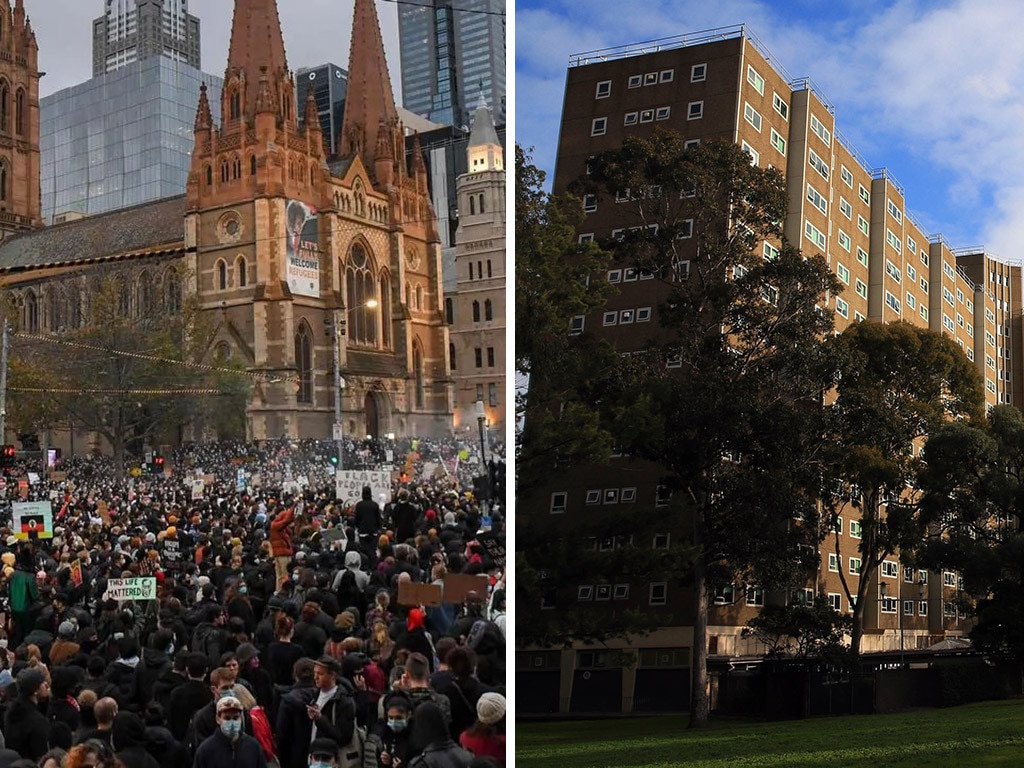
The federation may be falling apart at the seams, as different states take very different approaches to managing the coronavirus crisis. As some states get closer to eliminating the virus altogether those differences are becoming more stark, and more likely to cause friction.
The point of departure is whether to pursue eradication or suppression. New Zealand has eradicated the virus, and with kisses and hugs all around, our Kiwi friends hope to maintain that advantage.
This brings NZ more into line with states like WA, South Australia, Tasmania and perhaps Queensland. All of which are close to matching NZ’s successes. But it puts NZ (and the smaller Australia states) at odds with Victoria because of the current outbreak, and NSW because of the state government’s firm attitude that it won’t pursue eradication under any circumstances.
An odd thing to rule out, if ever I saw one.
The Commonwealth government was more nuanced when announcing a suppression strategy months ago, leaving the door open to an unintended consequence of eradicating the virus in the process. But its policy settings and goals have always focused on suppression.
Today, however, the PM appeared to go all in on suppression, rebutting the idea eradication is an option.
And given the differences noted above, the Australian states are divided and those divisions might cause major frictions going forward.
NZ, which decided not to join the Australian federation more than a century ago, now has more in common with Australia’s smaller states than the big states do. Highlighting our divided nation.
With a lack of constitutional clarity surrounding the powers of states to close their borders off from one another, it is possible that we stand as an entirely divided nation for months, perhaps years. NSW citizens unable to access WA. Victorians unable to travel to Queensland. A Commonwealth government pleading for state by state access rights but ignored. A thoroughly impotent Prime Minister verses empowered state premiers.
All because of divergent strategies over how to manage COVID-19. The High Court may yet play a major role interpreting all of this.
How does it end? Perhaps only if a vaccine is found, because if one state has suppressed the virus and another hasn’t, why would it open its borders to the state which hasn’t got its health settings under control?
This of course begs the question: how it could happen that we have different policy settings from state to state in a federated nation in the first place. The answer lies in the resurgence of state powers we are witnessing at the moment. States do the heavy lifting in service delivery, and have more public policy responsibilities than the superficial focus on Commonwealth government in recent decades by the media might suggest.
NZ opening up to some Australian states and not others – a limited trans-Tasman hub if you will – would be embarrassing for the Australian Commonwealth government. It would also potentially show up its goal of suppression as the worse economic strategy.
Time will tell.
As of now, formally at least no state is pursuing eradication over suppression. But practically that seems to be where this saga might be going. And with state elections just around the corner, why would state governments in WA or Queensland, for example, risk hard fought gains in combating the virus simply to satisfy Scott Morrison’s desire to look like he’s the one in charge?
Peter van Onselen is a professor of politics and public policy at the University of Western Australia and Griffith University







